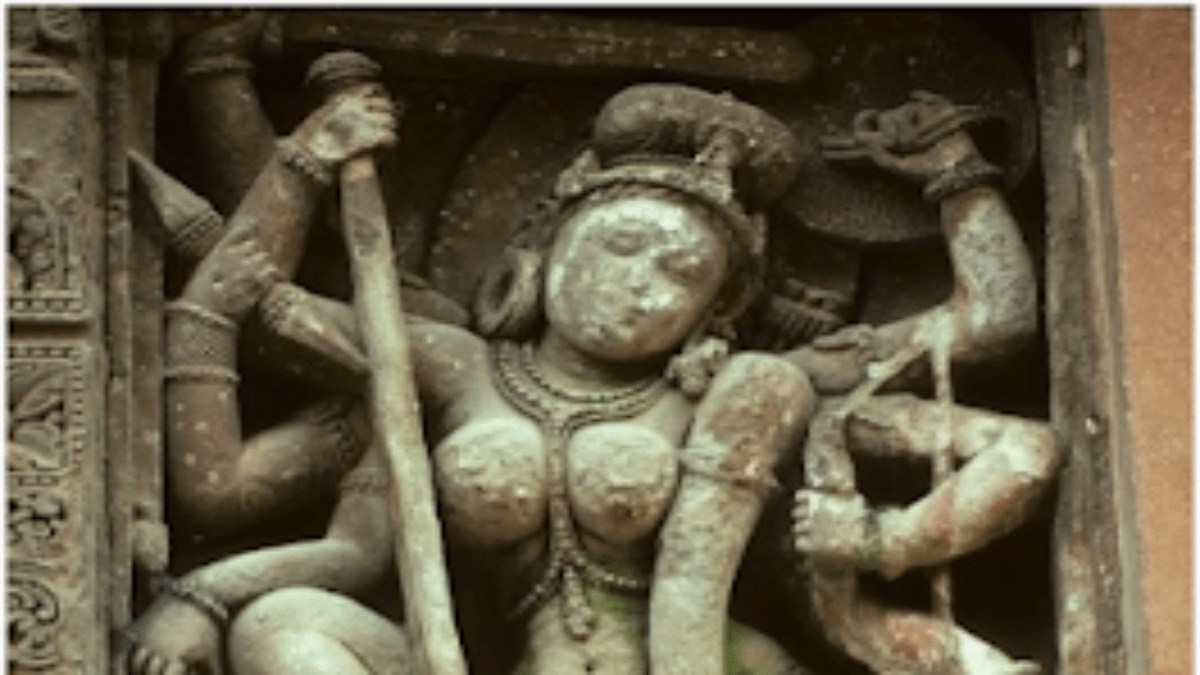The Indian Parliament recently passed the Women’s Reservation Bill that promises women one-third of the total seats in the Lok Sabha and in the State legislative assemblies. This is undeniably an applaudable step despite the contentions and debates surrounding it. The passage of the Women’s Reservation Bill or the very mention of it in the media and other influential platforms have created curiosity in the minds of the common mass regarding its significance and most importantly about women’s role in politics. This at least, even to some extent will make people aware how profoundly women are underrepresented in politics as well as in other high-profile decision-making bodies since historical times. However, among the mostly male political heads of state in Indian history, the Bhaumakara dynasty in Odisha stands out as an exception. This article charts the history of the Bhaumakara dynasty, a royal family which boasts of the reign of six queens.
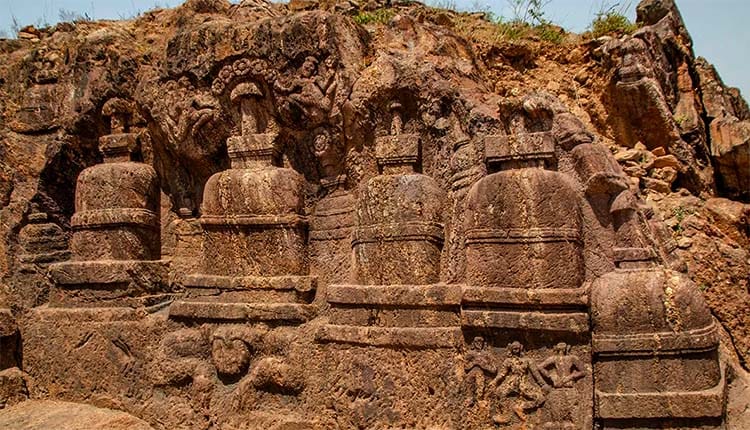
In India, as well as globally, throughout generations, we have got only a handful of women leaders compared to men. This is the reality based on surveys. Ancient Egypt witnessed the maximum number of women rulers and then there was Renaissance Europe where few female monarchs ruled. Apart from this we know about only a couple of women rulers who ruled either directly or indirectly across borders and boundaries from different dynasties and empires. What we do not know is that, during early medieval India in the Odisha region of Eastern India, there emerged a dynasty called the Bhaumakaras that changed the course of the conventional patriarchal set up with the rise of not one but six women rulers who were crowned as the legitimate heads of the State.
The identity of the Bhaumakara female monarchs
Several dynasties mushroomed throughout the Indian subcontinent during the early medieval period (600 CE to 1200 CE). The Bhaumakara dynasty was one among them that entrenched their rule between the mid-8th to the mid-10th century CE in major parts of modern-day north and central Odisha. What distinguishes this royal family from other contemporary political powers is that, among the total seventeen rulers, six of them were women. Obviously there lacked a gender parity which is till date vividly noticeable in modern political framework, but owing to the time period we are dealing with, the rise of these women as monarchs formally was indeed a remarkable feat achieved by this dynasty.
These women rulers were initially princesses themselves from other neighbouring royal families of Odisha and were married into the Bhaumakara royal family as queen-consorts to the Bhaumakara Kings. Women as rulers were deemed as mistrustful and their interference in public space and especially in leadership positions were strongly discouraged by Dharmasastras and Smritis. The Bhaumakara dynasty however quite conveniently bent this dharmasastric norm by considering their royal women as heirs to the throne. Among the six women rulers, four of them ruled consecutively in this Kingdom or rather Queendom, if that sounds as an appropriate word in this scenario.
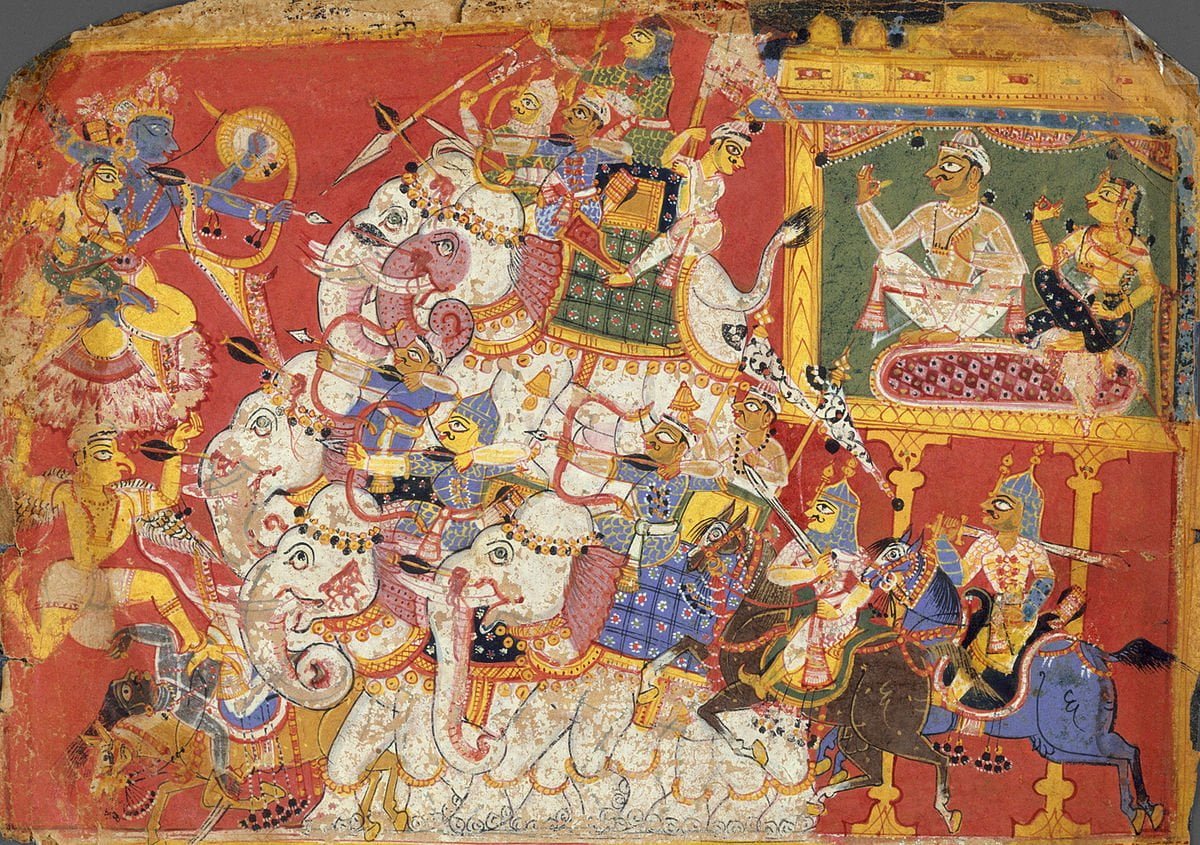
Tribhūvanamahādevī I was the first woman to rise on the Bhaumakara throne after the sudden demise of her son, King Subhakaradeva III. A princess by birth from a neighbouring royal family, she was also known by her other names like Sindagaurī or Gosvamīnī. She made significant achievements by concretising her rule as one of the most accomplished Bhaumakara monarch. After some decades, another proficient woman ruler Prithivīmahādevī, the daughter of the powerful Somavamsī king Janamejaya I, acceded to the throne of the Bhaumakaras following the death of her husband and brother-in-law.
This queen has a story to tell of her own as her reign was marred by severe challenges and protests by her opponents. The events that followed after her was an impressive feat achieved by perhaps no other dynasties outside Odisha. After a brief reign of two other kings, the Bhaumakara throne was occupied by four female monarchs who ruled in succession. These monarchs were Gaurīmahādevī then her daughter Daṇḍimahādevī followed by Vakulamahādevī and lastly Dharmamahādevī.
How did the Bhaumakara queens rise to power?
The Bhaumakaras were definitely light-years ahead of their times as they made it possible for women to play their equal parts in politics and display their fine leadership qualities. Women who attempted to grab a powerful position in society have been constantly demonised and viewed with suspicion throughout generations. The conventional patriarchal structure of the society naturally favoured a male sovereign and therefore everywhere around the world there exists till date more male leaders and just a few female leaders.
The conventional patriarchal structure of the society naturally favoured a male sovereign and therefore everywhere around the world there exists till date more male leaders and just a few female leaders.
The Bhaumakara dynasty broke this traditional set-up when the officials and feudatories of the state convinced or rather induced Tribhūvanamahādevī I to take over the reins of administration following the death of her son and lift the dynasty from its misfortunes. Tribhūvanamahādevī exuded extreme ingenuity and diplomacy in governing the state affairs. Her pious deeds as well as martial abilities are all recorded in her copper plate charters that also contain reasonable justifications about her being the legitimate sovereign.
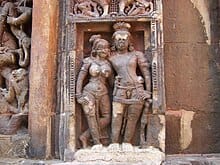
She has been compared to goddess Katyayani wielding inconceivable power and unabashed supremacy over her subjects and nobles. She is said to have kept her feudatory chiefs in check and also lowered the taxation for the convenience of her subjects. Her diplomatic prowess is reflected in her decision of appointing all trustworthy officials who were loyal to her and helped her in her several political endeavours. In addition to this, according to the record of an Arab geographer, she also maintained an army composed of thirty thousand men. She carried on other welfare activities like building wells, bridges, roads as well as patronised several religious architectures.
Calling herself a great devotee of Vishnu in her charter, she drew metaphorical comparison between her leadership and Sheshanaga, the great serpent. During her reign, education, trade, art and culture was promoted and it reached its pinnacle. We would never know how much of these eulogies recorded in her copper plate charters reflected reality, but indubitably, Tribhūvanamahādevī I was an accomplished monarch with a series of astounding achievements. After ruling for almost two decades, she stepped down from her throne in favour of her grandson Santikaradeva II.
Calling herself a great devotee of Vishnu in her charter, she drew metaphorical comparison between her leadership and Sheshanaga, the great serpent.
Almost five decades later, the great-granddaughter-in-law of Tribhūvanamahādevī I, Prithivīmahādevī assumed power and crowned herself as the Bhaumakara monarch after the murder of her brother-in-law Sivakaradeva III. She was a princess from the Somavamsi royal family and her father King Janamejaya is said to have murdered the Bhaumakara reigning king Sivakaradeva III to secure the throne for his own daughter. Prithivīmahādevī assumed the imperial title of Tribhūvanamahādevī II just like the dynasty’s first female monarch perhaps to legitimise her authority. This queen was overtly ambitious and as we know, an ambitious woman is inherently seen as a threat to the patriarchy.
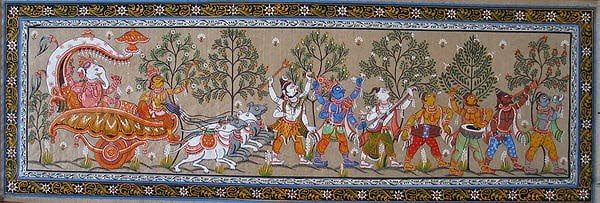
Her occupation of the Bhaumakara throne with the help of her father was therefore subjected to extreme hostile attitude by the officials who refused to accept her as their sovereign and this aberrant behaviour towards her is reflected in the obliteration of her name from the Bhaumakara genealogical list. Despite her repeated attempts to secure and legitimise her leadership, the male-dominated royal court was quick to accuse her reign for pushing the Bhaumakaras on the verge of decline. She was immediately deposed after ruling for just a few years.
Prithivīmahādevī was followed by two other male rulers, both of whom were sons of her dead brother-in-law Sivakaradeva III. The elder son Santikaradeva III’s wife Dharmamahādevī is the last recorded ruler of the Bhaumakara dynasty. The younger son Subhakaradeva V had two wives and both of them ruled as monarchs. His first wife Gaurīmahādevī rose to the throne first and then was succeeded by her daughter Daṇḍimahādevī who was dubbed as one of the greatest Bhaumakara rulers, making several influential grants recorded in her copper plate charters.
Daṇḍimahādevī was followed by her step-mother Vakulamahādevī, who was originally a princess of the neighbouring Bhanja royal family.
With her diplomacy and political skill, she protected the Bhaumakara territories from external threats which established her as a formidable ruler. Daṇḍimahādevī was followed by her step-mother Vakulamahādevī, who was originally a princess of the neighbouring Bhanja royal family. About Vakulamahādevī we do not know much except a few donations that were made by her. She was then followed by Dharmamahādevī who as well came from the Bhanja royal family. After her death, this phenomenal Bhaumakara dynasty approached its decline.
The Bhaumakara queens and female agency in history
Traditionally, in every royal family, queens were expected to produce a legitimate heir to the throne, or act as regents for their minor sons or other male royal members. Queens were not included in the line of succession to the throne. The Bhaumakara dynasty therefore was first of its kind in the early medieval period that created an anomalous situation by including their royal women in the list of legitimate heirs.
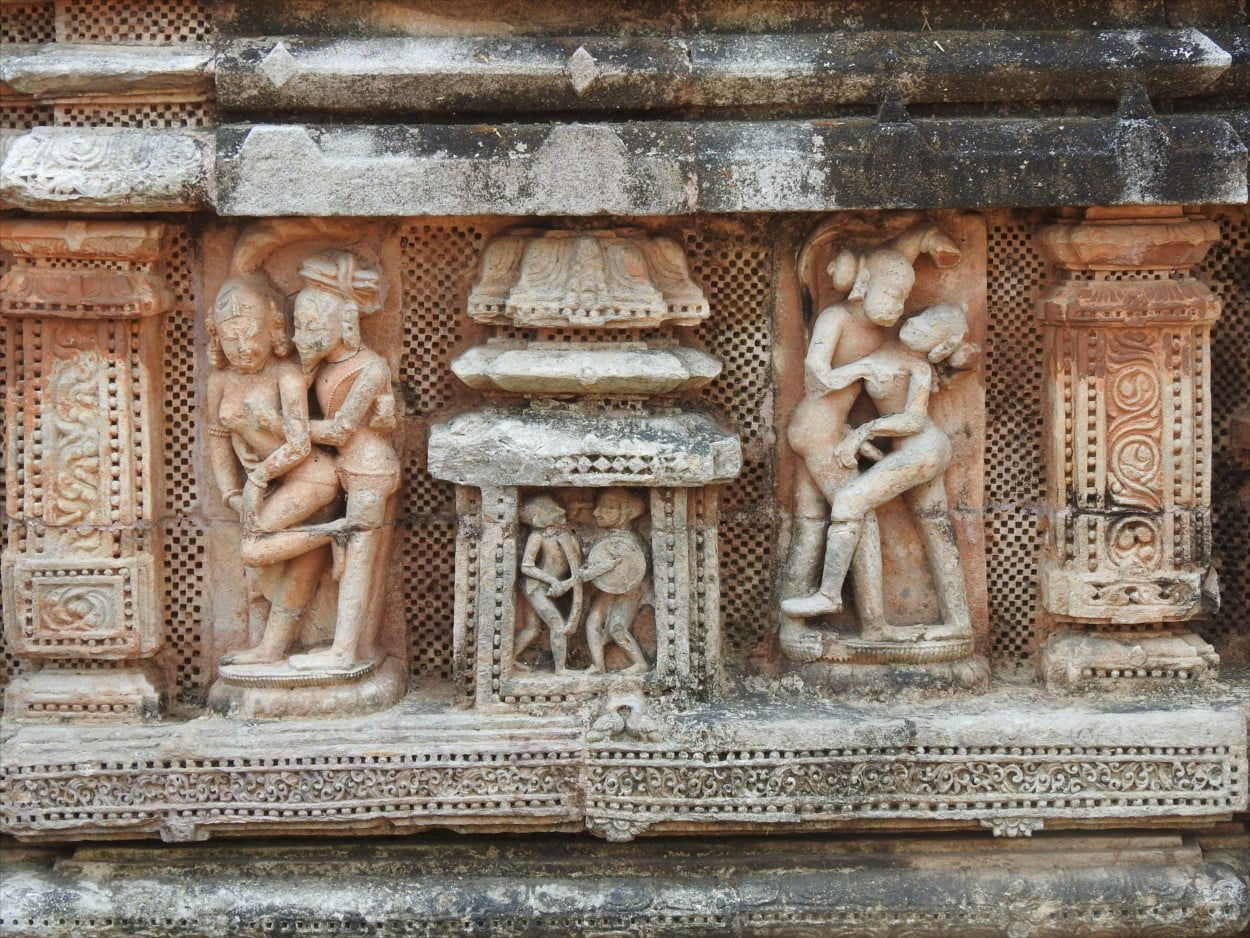
If we take a glance back at our history, we will see that women were significantly underrepresented in every agency be it political, industrial or religious. Deemed as passive beings since birth, women were considered ‘unfit’ to take over any hegemonic role. Women of royal families in general did play their part as advisors but they did not have any agency of their own.
The Bhaumakara queens however did not act as regents or substitutes in the absence of any royal male members. They ruled with gravitas as the legitimate crowned sovereigns even in the presence of potential male heirs. These female monarchs assumed imperial titles like ‘paramabhaṭṭārikā’, ‘mahārājadhirāja’, ‘paramavaiṣṇavī’ etc. These titles resonate a masculine tone which indicates that these ‘female kings’ despite being capable administrators had to drape a masculine attitude to earn the trust and acceptability among their subjects.
These female monarchs assumed imperial titles like ‘paramabhaṭṭārikā’, ‘mahārājadhirāja’, ‘paramavaiṣṇavī’ etc.
The Bhaumakara female rulers, despite carving a niche of authority for themselves, were not completely free from the interference of the male members of their natal family who continued to intervene in their daughters’ reign. Irrespective of that, these queens set their goal straight and achieved the unimaginable with their forthright authority.
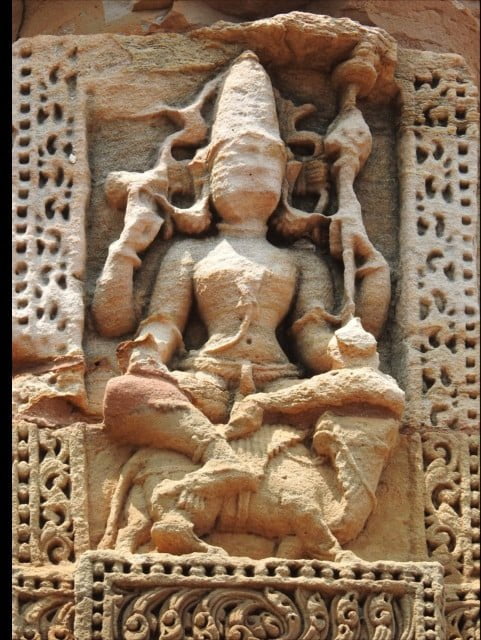
Odisha had a deep-rooted tribal culture that revered female power and held goddess worship in high esteem. Katyayani was the presiding deity of this land and this period in Odisha also witnessed the popularity of tantrism and shaktism which was dominated by powerful female deities. Perhaps this was the reason Odisha deviated from the established patriarchal norms and saw the supreme leadership of several women. However, very few of us have heard about these independent female rulers, probably because they did not leave behind any scandalous story of liaison and adultery. Their authority was expunged into obscurity and women were found again struggling to claim their right in political position and government.
References: –
1) Rangachari, Devika, From Obscurity to Light: Women in Early Medieval Orissa (seventh to twelfth centuries AD), Manohar, 2020.
2) Garodia Gupta, Archana, The Women Who Ruled India: Leaders, Warriors, Icons, Hachette India, 2019.
3) Sand, Elin, Woman Ruler: Woman Rule, iUniverse: New York, 2001
